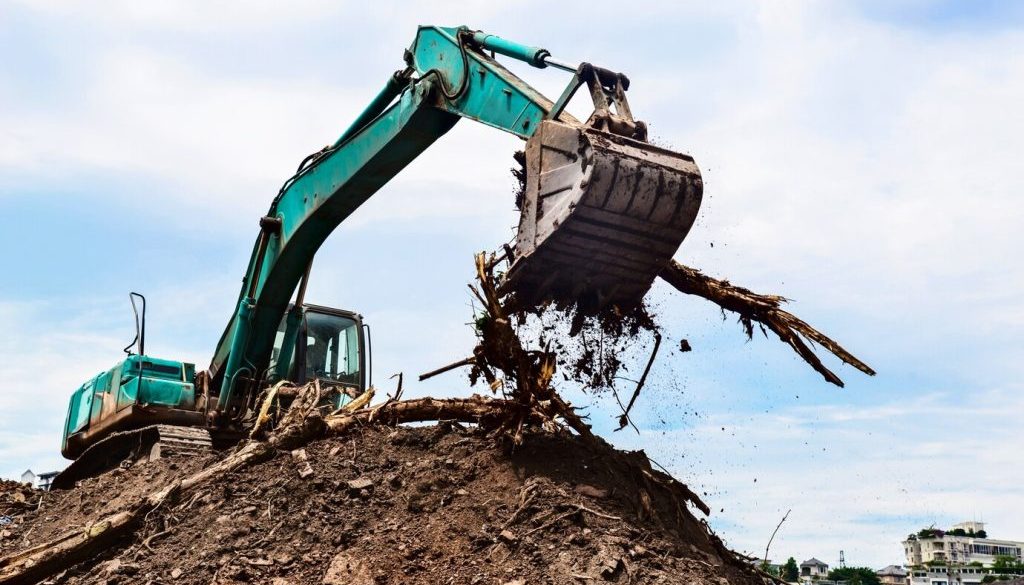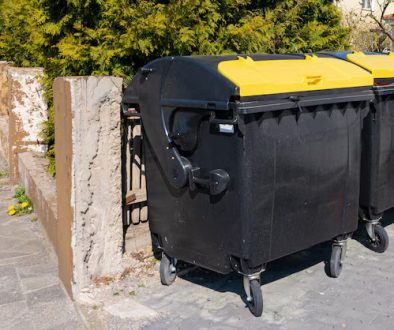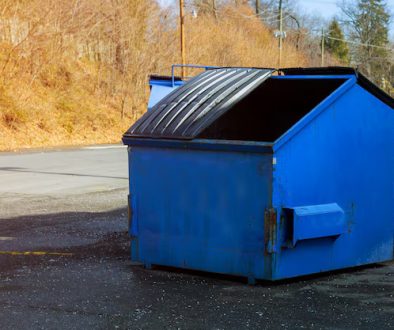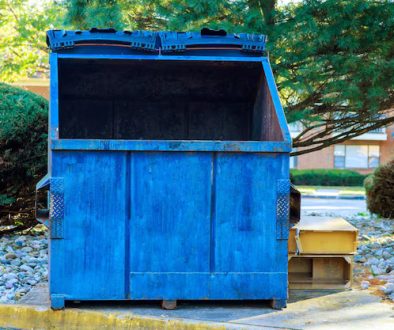Managing waste efficiently and responsibly is a crucial aspect of any construction project, whether you’re undertaking a small home renovation or overseeing a large-scale commercial development. One of the primary considerations when planning your project’s waste management strategy is choosing the right skip size. Selecting the perfect skip for your individual needs can streamline your waste disposal process, save you time and money, and contribute to the overall success of your construction project.
This blog post will explore various factors to consider when determining the ideal skip size for your construction project. We will also delve into Enviro Skip Hire’s extensive range of skip options and provide expert tips to support informed decision-making in your waste management efforts. By outlining the importance of selecting a suitable skip size and offering guidance on how to make the right choice, this post will help you ensure the smooth and efficient handling of your project’s waste materials.
Factors to Consider When Choosing the Right Skip Size
Selecting the most suitable skip size for your construction project is a vital decision that impacts waste management efficiency and overall project success. Here are four key factors to consider when determining the ideal skip size for your construction project:
- Waste Volume: The most critical factor to consider when selecting a skip size is the estimated volume of waste your construction project will produce. Take some time to analyse the scope of your project and the types of waste materials generated. As a general rule, larger projects, such as commercial developments or extensive home renovations, will require larger skips to accommodate greater waste volumes.
- Waste Types: The nature of the waste materials generated during your project can influence your choice of skip size. For instance, heavy materials such as concrete, bricks, or aggregates may require skips with a lower capacity to ensure safe and efficient transportation. Meanwhile, lighter waste streams like packaging or green waste may be suited to larger skip sizes.
- Space Constraints: Consider the available space at your construction site when choosing a skip size. If your site’s space is limited, you may need to opt for a smaller skip or plan for multiple skip exchanges to handle your waste materials effectively. Alternatively, if you have ample space, a larger skip can streamline waste management by reducing the frequency of skip collections.
- Budget Considerations: Budget can also play a role in choosing the right skip size for your project. While a larger skip might have a higher initial cost, it could save you money in the long run by minimising the need for multiple skip hires. Always balance cost considerations against waste management efficiency to ensure the best overall value.
Enviro Skip Hire’s Range of Skip Options
To accommodate the diverse waste management requirements of various construction projects, Enviro Skip Hire offers a wide range of skip sizes, each with unique features and benefits designed to provide tailored solutions for your needs:
- Mini Skips: Ideal for small home projects, such as garden clean-ups or room renovations, mini skips typically have a capacity of 2-3 cubic yards. They are the most cost-effective option for smaller waste loads and can easily fit in tight spaces.
- Midi Skips: Midi skips, with a capacity of 4-5 cubic yards, are perfect for medium-sized construction projects, such as kitchen refurbishments or bathroom renovations. They offer a practical solution for handling a mixture of waste types.
- Builder’s Skips: With a capacity of 6-8 cubic yards, builder’s skips are the most commonly used skips in the construction industry. Suitable for a wide range of projects, including house extensions, roofing, or landscaping, builder’s skips provide a versatile option for managing medium to large waste loads.
- Maxi Skips: Maxi skips, ranging from 10-16 cubic yards, are recommended for large-scale construction projects that produce a significant volume of waste materials. They are ideal for commercial and industrial waste management, as well as extensive home renovations or landscaping projects.
- Roll-On/Roll-Off Skips: Roll-on/roll-off skips are the largest skip options available, offering capacities from 20-40 cubic yards. They are suitable for massive commercial construction projects, industrial waste management, or large-scale property clearances.
Expert Tips for Choosing the Right Skip Size
To ensure that you select the perfect skip size for your construction project, consider the following tips and recommendations:
- Err on the Side of Caution: If unsure about the required skip size, it’s better to opt for a slightly larger skip rather than risk overfilling a smaller one. An overfilled skip can incur additional fees and may be unsafe for transportation.
- Consult a Professional: Seeking advice from a reliable skip hire provider like Enviro Skip Hire can help you make an informed decision on the right skip size for your project. Experienced professionals can assist you in estimating the waste volume and recommend the most suitable skip option for your needs.
Conclusion
Choosing the right skip size for your construction project plays an essential role in efficient waste management and contributes to the success of your project. By carefully considering factors such as waste volume, waste types, space constraints, and budget, you can make an informed decision on the ideal skip option for your needs.
Partner with a reliable skip hire provider like Enviro Skip Hire to ensure that your waste management needs are met, and benefit from expert advice, tailored solutions, and an environmentally responsible approach to waste disposal. Equip yourself with the knowledge of how to select the perfect skip size for your project, and enjoy the benefits of streamlined waste management for a successful construction outcome.




